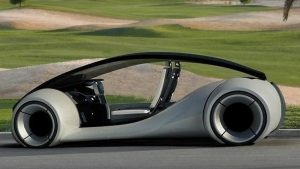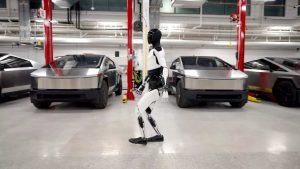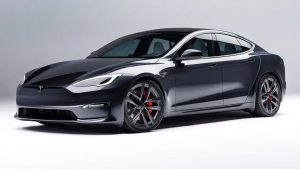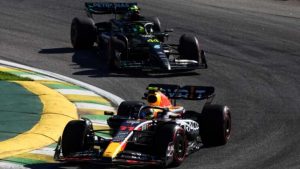Navigating the Complex Landscape: Key Developments and Challenges in the Electric Vehicle Industry in 2023
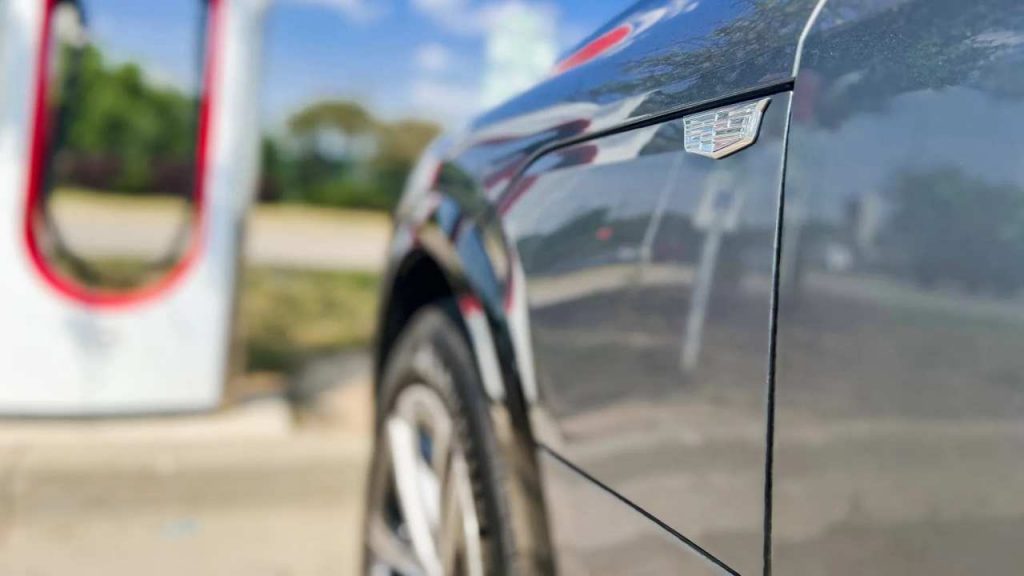
GM EVS get Tesla supercharges (greencarreports.com)
A Year of Transformations, Struggles, and Shifting Priorities
As the electric vehicle (EV) landscape continued to evolve, 2023 emerged as a critical year marked by significant changes, challenges, and pivotal moments. This overview encapsulates the most notable stories that shaped the EV industry, touching upon supply chain dynamics, labor strikes, charging infrastructure, pricing adjustments, software concerns, tax credit complexities, and automakers’ direct involvement in charging networks.
Labor Strikes and Shifting Dynamics:
The year witnessed the largest automotive labor strike in a generation, with EVs at its core. As the industry refocused, tough questions arose about the future of labor in an increasingly electrified automotive landscape.
Tesla NACS Connector Adoption:
A surprising turn of events saw almost every major automaker, except Stellantis, announcing a switch to the Tesla charge port (renamed NACS) for their future EVs. What initially seemed improbable gained momentum, with Ford, GM, Rivian, Volvo, and others formalizing this shift, altering the charging narrative.
EV Pricing Realignment:
Following the rampant price gouging in 2022, 2023 marked the official EV price adjustment era. Tesla led the way with substantial across-the-board price cuts, triggering adjustments from other manufacturers like Hyundai, Lucid, Ford, and more. The pricing volatility raised questions about its impact on potential buyers’ confidence.
Software Challenges and Over-the-Air Updates:
Overambitious software rollouts posed challenges for EV adoption in 2023. Instances like the Rivian update temporarily bricking infotainment systems and GM pausing Blazer EV deliveries due to software woes highlighted the potential downsides of over-the-air updates. The question arose: Is buying an incomplete product the future?
Complexities of the EV Tax Credit:
The EV tax credit underwent multiple transformations, introducing new loopholes, supply-chain requirements, and a dealer-based rebate system in 2024. Lack of precise guidance and delays in consumer information led to confusion among buyers, with automakers adjusting sourcing plans and the EPA listing inaccuracies.
Automaker and Retailer Involvement in Charging Infrastructure:
Recognizing the importance of charging networks, automakers and retailers made significant strides in 2023. Mercedes, inspired by Tesla’s Supercharging success, initiated a fast-charging network. A collaborative effort among seven global automakers aimed at establishing a rival to the Tesla Supercharger network. Various networks, such as Pilot-GM, 7Charge, Volvo-Starbucks, and Walmart-Sam’s Club, demonstrated the growing involvement of automakers and retailers in the charging landscape.
As the EV industry grapples with these complexities, 2024 promises to be another year of transitions and strategic shifts. The intersection of political, economic, and technological factors will continue to shape the trajectory of electric mobility, making it a crucial domain to watch in the years ahead.

